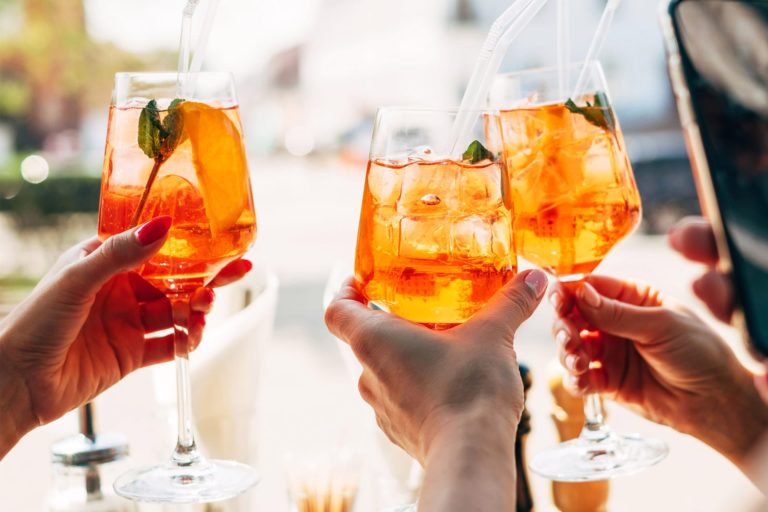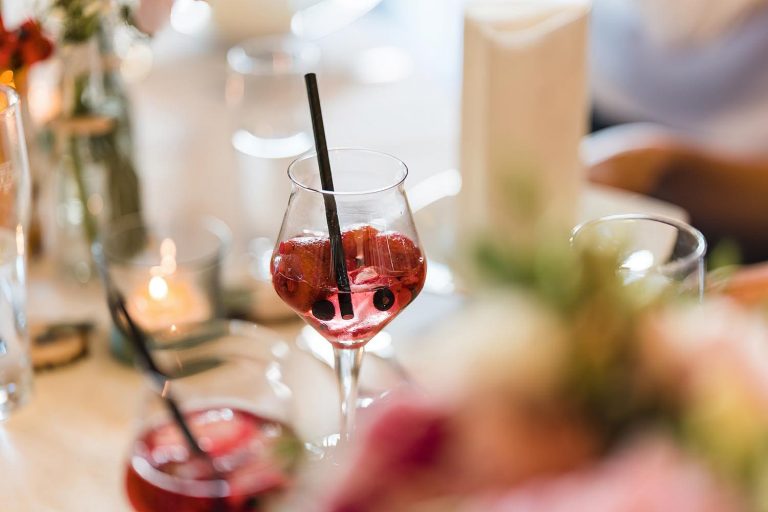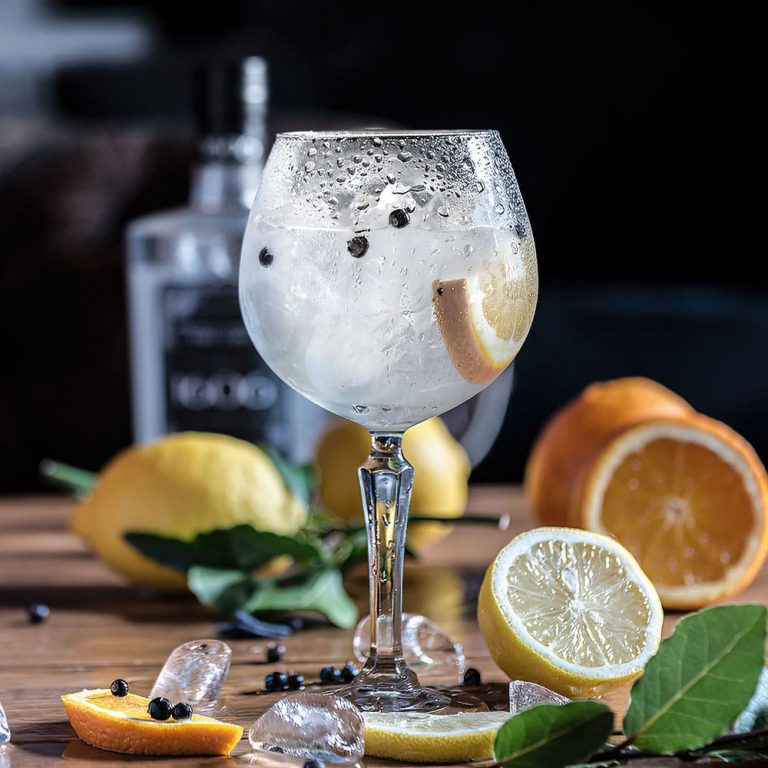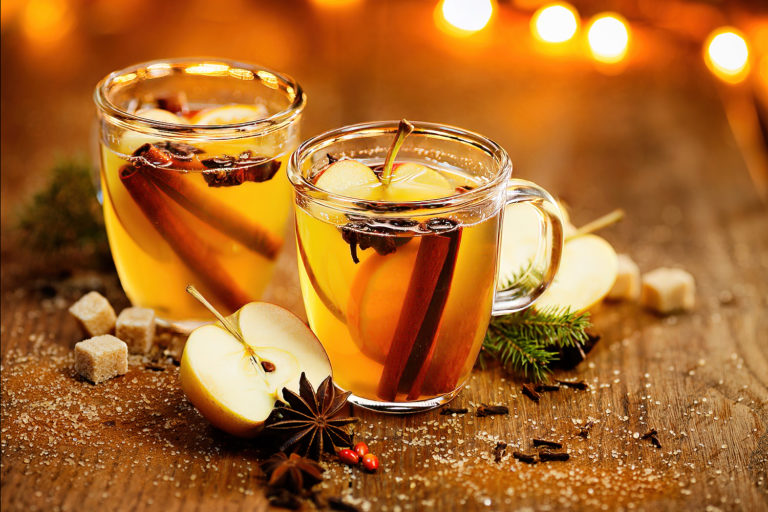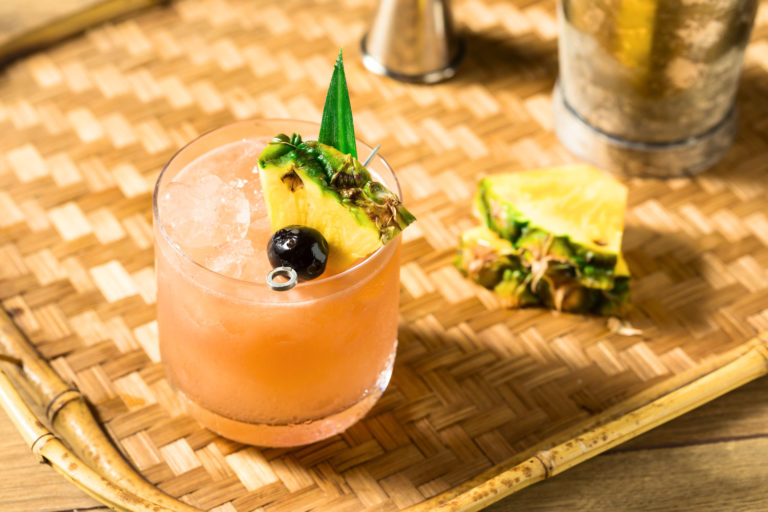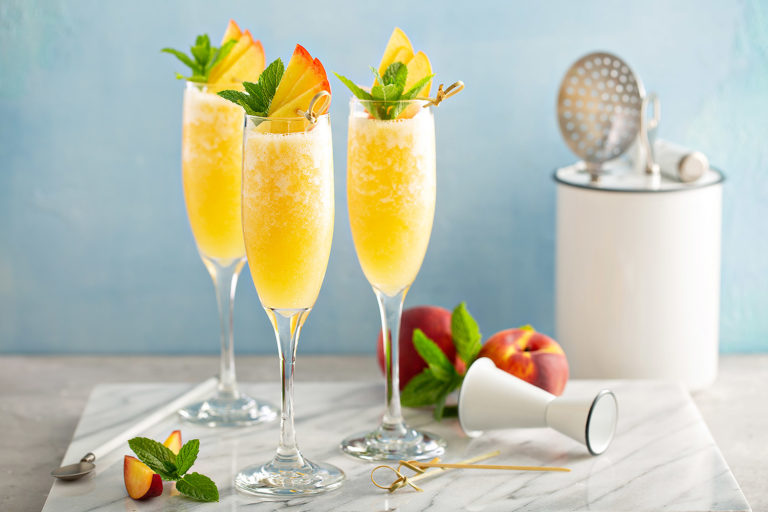The roots of Aperol
The history of Aperol Spritz begins in the early 20th century in Italy, more precisely in 1919, when brothers Luigi and Silvio Barbieri invented the bittersweet liqueur from rhubarb, cinchona bark, gentian root and a secret mixture of herbs. The brothers’ goal was to create an aperitif that would be lighter, fresher, and contain significantly less alcohol than the usual aperitifs of the time.
The origin of the Aperol Spritz
Aperol Spritz, which is so well-known today, only became popular in the 1950s, although the bitter liqueur has been around since 1919. The cocktail has its origin in the Veneto region. It is an interpretation of the Austrian Spritz, a mixture of white wine and soda water.
Inspired by their neighbors, the Italians adapted the recipe, replacing the white wine with Aperol and most of the mineral water with domestic Prosecco*. That was the birth of the Aperol Spritz.
The spread of the Aperol Spritz
The Aperol Spritz has experienced a rapid rise in recent decades, first in Italy and then throughout Europe. Three main factors have contributed to the appreciation and diffusion of this delicious drink in Italy and throughout Europe:
- Summer refreshment: Aperol Spritz is a refreshing drink that is perfect for warm summer evenings. This characteristic has contributed to its popularity, especially as a vacation drink on hot summer days.
- Easy preparation: The preparation is very simple. This is one of the reasons why it is popular in bars and restaurants around the world. In addition, its ingredients are available practically everywhere and the recipe is so uncomplicated that it can be easily prepared even by beginners and amateur bartenders.
- Marketing: The Italian beverage group Gruppo Campari* finally acquired the brand rights in 2003 and relied on extensive marketing campaigns to present Aperol Spritz to an international audience. And with success: the Aperol Spritz is now one of the most popular drinks in the world.
The popularity of the Aperol Spritz today
Today, Aperol Spritz stands for summer dolce vita and is enjoyed in bars, restaurants and at private events all over the world. This is mainly due to its bright, intense color and fresh, tart taste. Whether for brunch, as an aperitif before dinner, or simply as a refreshing afternoon drink in the summer – it has established itself as a timeless classic and inspires people of all ages and cultures.
